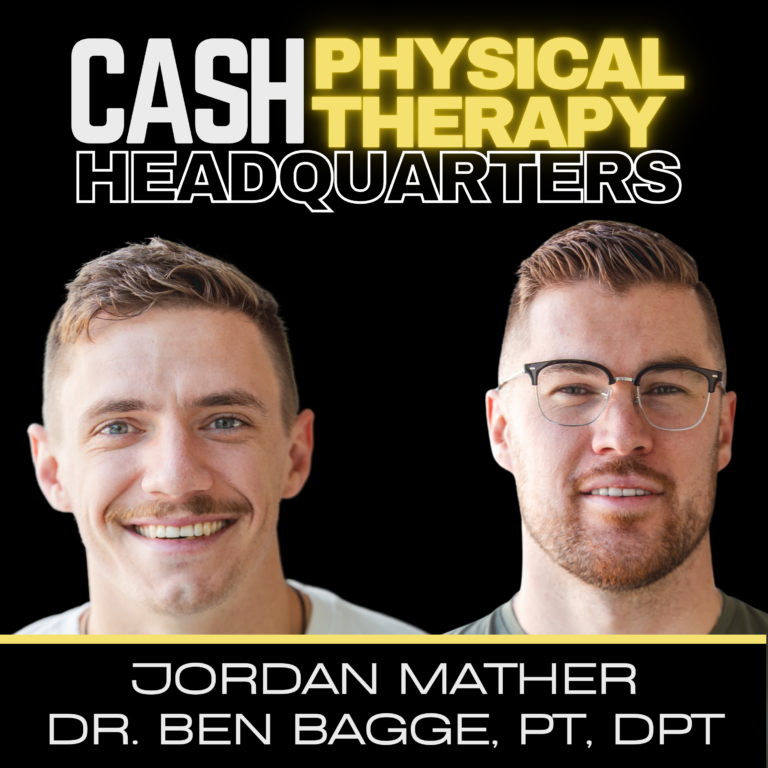
Networking is crucial for cash physical therapists looking to build a robust referral network. However, many practitioners fall into common traps that hinder their networking efforts. In this blog post, we’ll explore the three biggest mistakes cash physical therapists make when starting to network within their communities and how to avoid them.
Mistake 1: Not Building a "Dream 100" List
The first mistake is failing to create a “Dream 100” list. This strategy, popularized by Chet Holmes in his book The Ultimate Sales Machine, involves identifying the top 100 individuals or businesses in your community that have access to your ideal patients.
- Action Steps:
- Dedicate time to research and rank potential referral sources based on their influence and alignment with your practice.
- Focus on making genuine connections rather than casting a wide net. Aim for consistent outreach, ideally reaching out to new contacts weekly.

Mistake 2: Treating Every Referral Source the Same
Many cash physical therapists approach every potential referral source as if they are equal. This mistake can lead to wasted effort and missed opportunities.
- Action Steps:
- Prioritize your list based on which referral sources are most aligned with your practice goals.
- Research each potential partner to understand their business, clientele, and influence in the community.
- Customize your approach based on the specific needs and interests of each referral source.

Mistake 3: Neglecting Follow-Up
Once initial connections are made, many practitioners fail to follow up consistently, leading to lost opportunities for deeper relationships.
- Action Steps:
- Schedule regular check-ins with your referral partners. This could be through follow-up emails, casual meetups, or inviting them to workshops.
- Create an ongoing value exchange by integrating your services with theirs. Consider offering exclusive promotions or workshops tailored to their clientele.

Building Authentic Relationships
Networking is not just about transactions; it’s about building genuine relationships. Here are some tips to enhance your networking strategy:
- Become a Client First: If you’re reaching out to gyms or wellness centers, consider becoming a member first. This establishes credibility and trust.
- Provide Value Without Expectation: Offer assistance or value without expecting anything in return initially. This approach fosters goodwill and builds stronger connections.
- Seek Advice: Rather than focusing on what you can get from your contacts, ask for their insights and experiences. People appreciate when others value their expertise.

Conclusion
Avoiding these common networking mistakes can significantly enhance your ability to build a successful referral network. By focusing on creating a targeted Dream 100 list, treating each referral source with the respect it deserves, and maintaining consistent follow-up, you can create meaningful relationships that benefit both you and your referral partners.
Listen to the Full Podcast Episode
For a deeper dive into a cash physical therapists’ journeys, make sure to listen to the full podcast episode. Click here to listen to the episode:Mastering Physical Therapy Networking: Common Mistakes and How to Avoid Them
About Author:

Although the company eventually failed, it provided Jordan with invaluable learning experiences. He became passionate about designing world-class patient experiences and building efficient marketing & sales funnels for cash physical therapists. Utilizing this expertise, Jordan became the CMO of a well-known physical therapy media company, and consulted for and built marketing funnels for some of the top physical therapy business coaches.
Eventually growing tired of the typical agency and consulting grind, Jordan, alongside Max Zirbel, founded Clinical Marketer. They infused it with the hands-on support and mentorship that they benefited from in their initial venture. The company was a success from the start, aiding clinics in scaling to 6 and 7 figures in revenue. During its first launch, Jordan and his team met Dr. Ben Bagge, whom they later partnered with after helping him grow his business from $200K/year to over $1M/year in three years.

